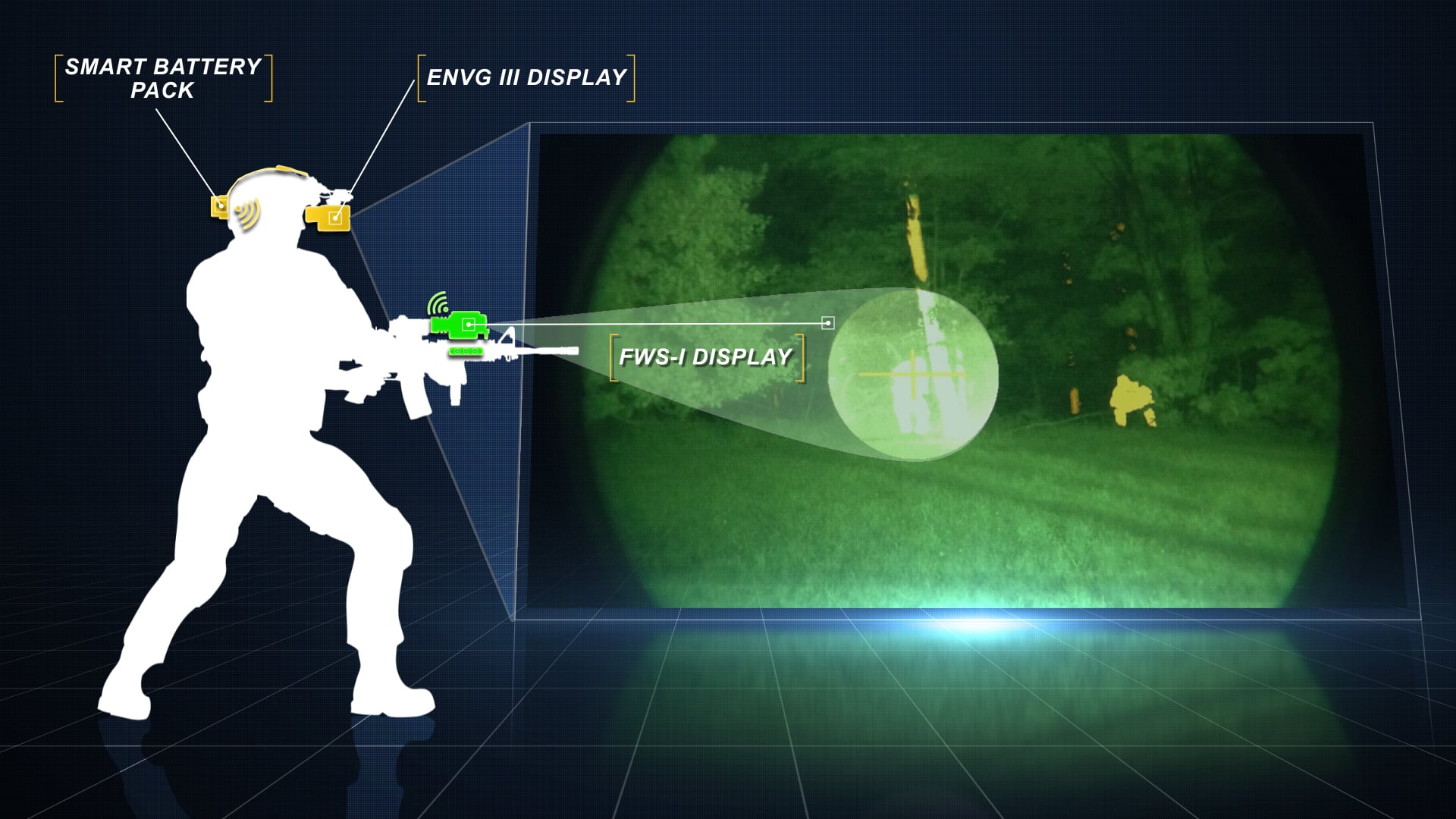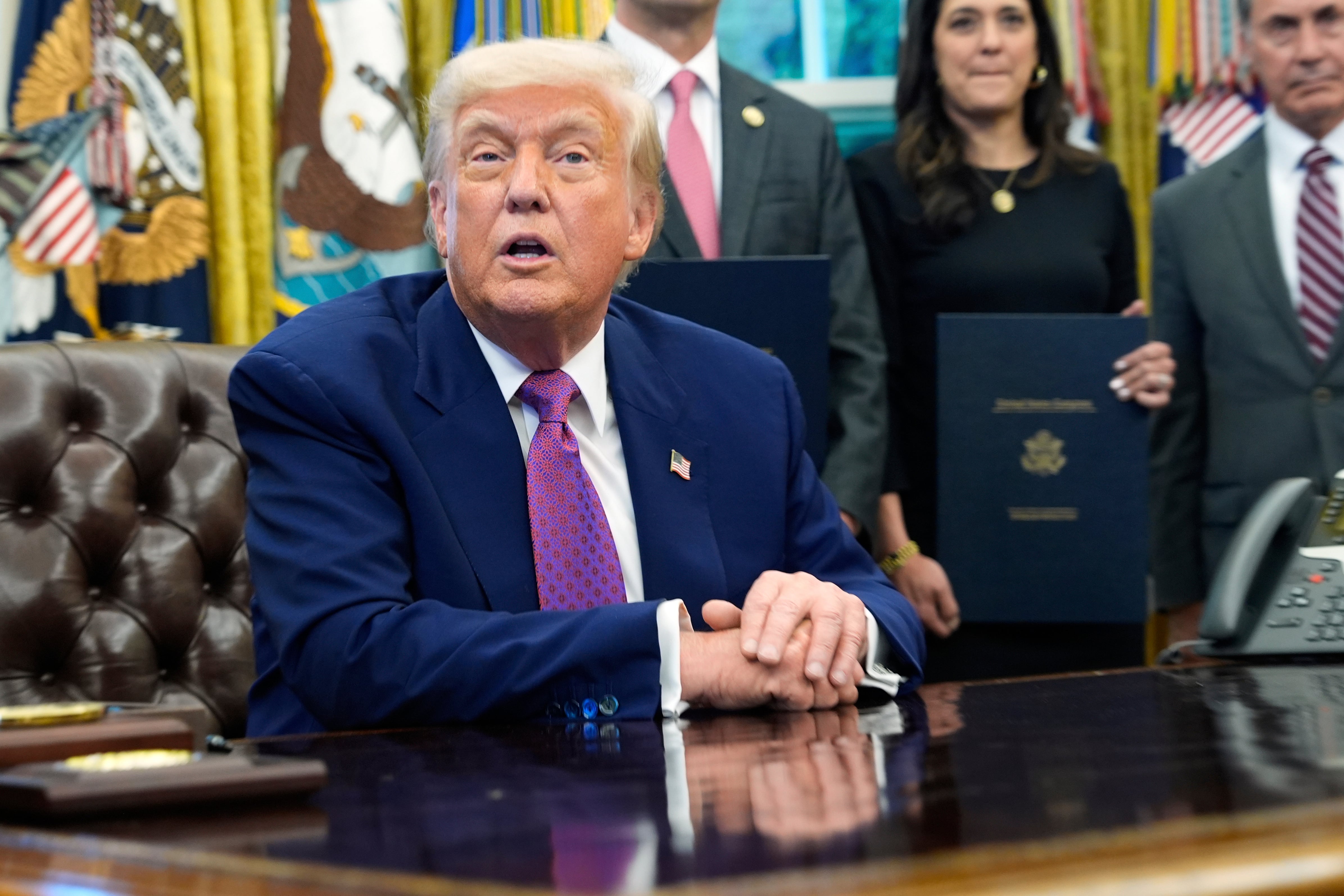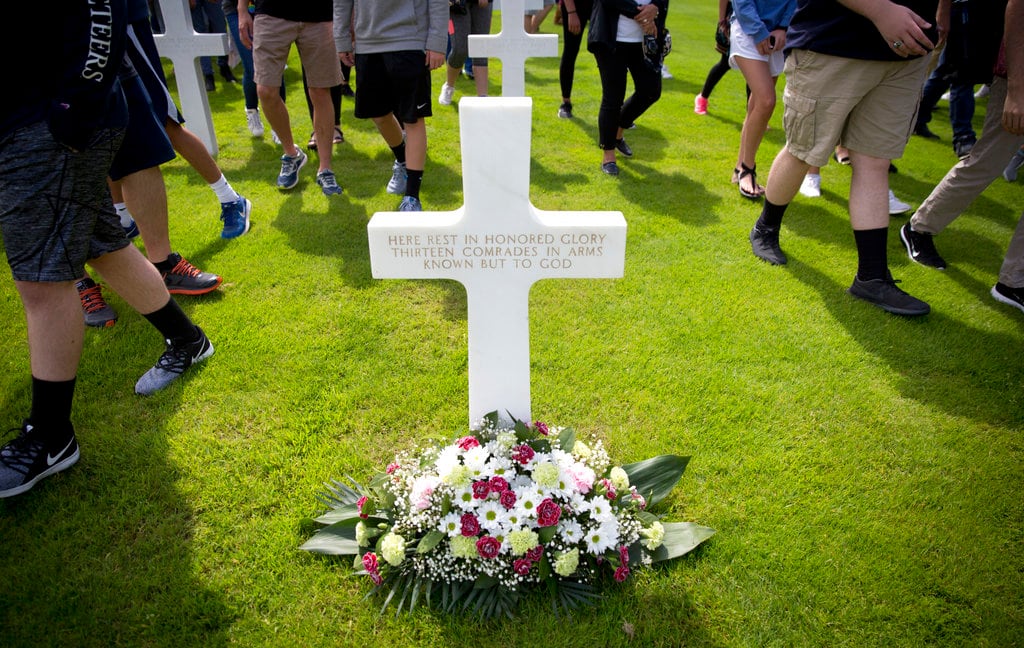The Army is closing in on wireless technology that will connect an infrared image from a rifle scope camera into the view of a soldier's night vision goggle. When the new gear rolls out in a few years, officials say it will revolutionize how deadly — and safe — soldiers can be.
"It's really blow-your-mind cool," Sloane told Army Times and other media outlets at a roundtable at Fort Belvoir, Virginia, on Wednesday.
The ENVG, first fielded in to soldiers in 2009, provides thermal imagery that amplifies heat signatures, rather than simply enhancing visible light. This means potential threats appear with substantially more contrast, even through visual impediments, such as smoke.
PEO Soldier has linked the ENVG program into another program for a rifle scope, the Family of Weapon Sights — Individual. By linking the two, a soldier will be able to aim his weapon in the middle of the night, without raising it to his eye.
This summer BAE Systems and DRS Technologies will begin production of the ENVG-III, which should begin fielding to soldiers by Oct. 1, 2016. Also this summer, the Army will make limited numbers of FWS-I to try out, with an anticipated fielding date in 2019.
Two cameras, one picture: how it works
So when a grunt is operating with both his ENVG-III and FSW-1 how will it work?
The soldier's goggle will connect to wiring within the helmet and a processor in the back (removable for daytime operations). The ENVG-III system, including battery, weighs under two pounds. The processor will communicate with the FWS-I, attached to the rifle, and weighing an estimated 1 to 1.5 pounds.

The FWS-I has increased thermal imagery to 1,000 meters.
Photo Credit: PEO Soldier
A soldier has three imagery options when pairing the goggle with the rifle, and these options can be changed via a three-button, remote, mountable on the Picatinny rail. The options:
• The gun scope's image overlaid on the ENVG view: Crosshairs and a circle distinguish the rifle scope view from the overall view.
• A picture-in-picture setting: the rifle scope's image remains stationary in the corner, while the rest of the view is from the ENVG.
• Scope image only: Soldiers can simply relay the rifle's image direct to the goggle, ignoring the broader ENVG image.
The latter two options could be particularly useful in seeing and shooting around objects, without exposing a soldier's head or torso.
Soldiers have collaborated on the project, and Sloane said they have praised the clarity of the picture and improved situational awareness.
"And also survivability goes up. So they certainly understand, 'Hey, I don't have to put myself at risk. I could be in a vehicle, I could be in a building,' and they get it, they're smart. And when they get to talking, they're coming up with ideas I had never heard of before," Sloane said.
Sloane expects the Army will pay an estimated $10,000 per ENVG-III system and per FWS-I system. ENVG-II cost about $14,000 each, but Sloane believed competition and improved technology will reduce sots. The $812 million total contracts (a ceiling that could drop) split between BAE and DRS, are estimated to be completed by May 2019.
Other capabilities:
• The current helmet mounting system will be able to host the new ENVG-III's mounting system. The processor-battery will be able to attach where the battery of ENVG-II used to, balancing the camera on the front of the helmet.
• The wireless transmission from gun-to-helmet will be very difficult to jam, Fuller said. Sloane said that's largely because of a short range and low power-emittance. It's will only be detectable within a few feet, and is not designed to transfer imaging beyond the soldier's "bubble."





